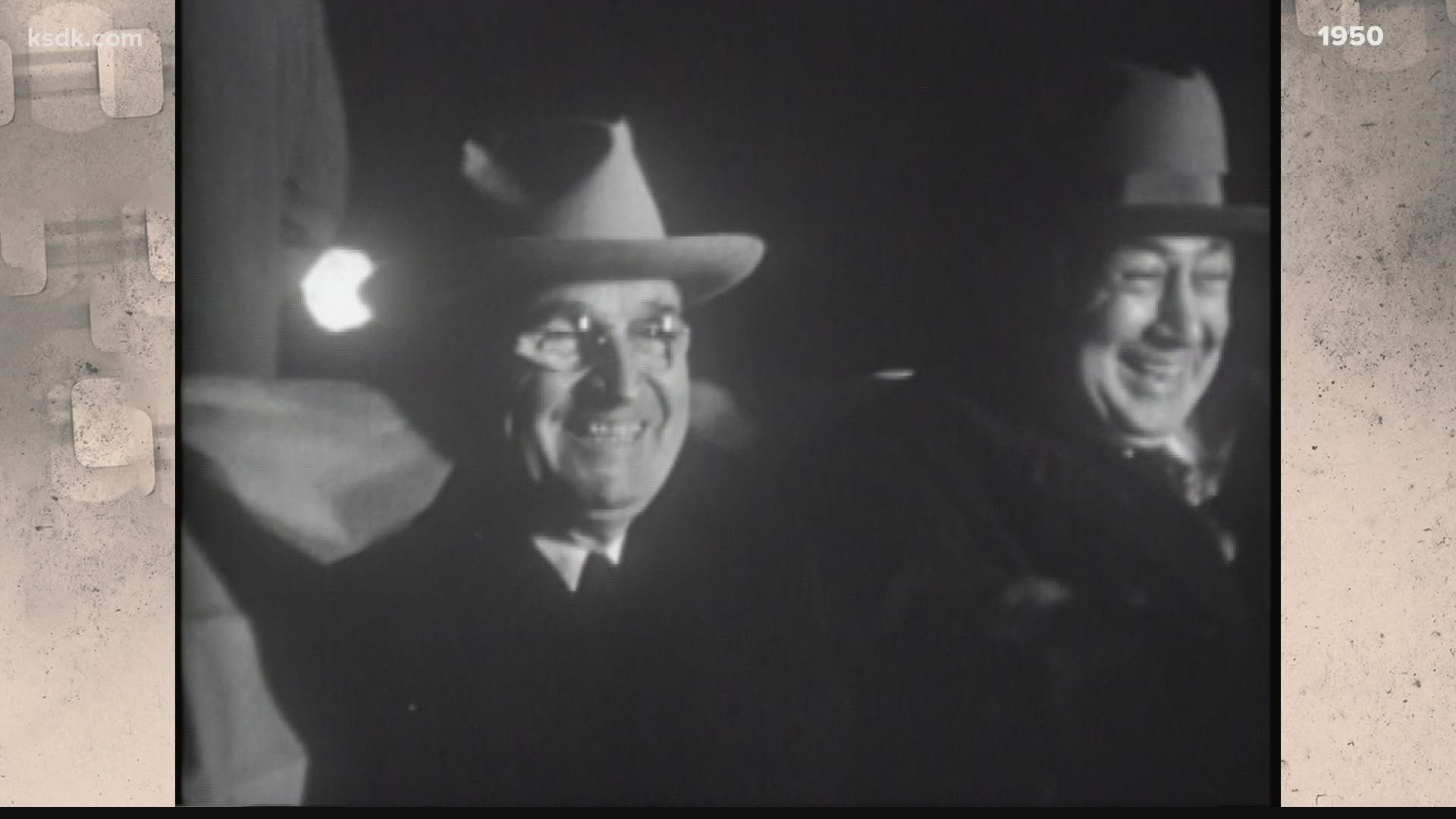1950s: Major moments captured on video
From a presidential visit to a strike at the Saint Louis Zoo, KSD was there to tell the stories to its television audience.
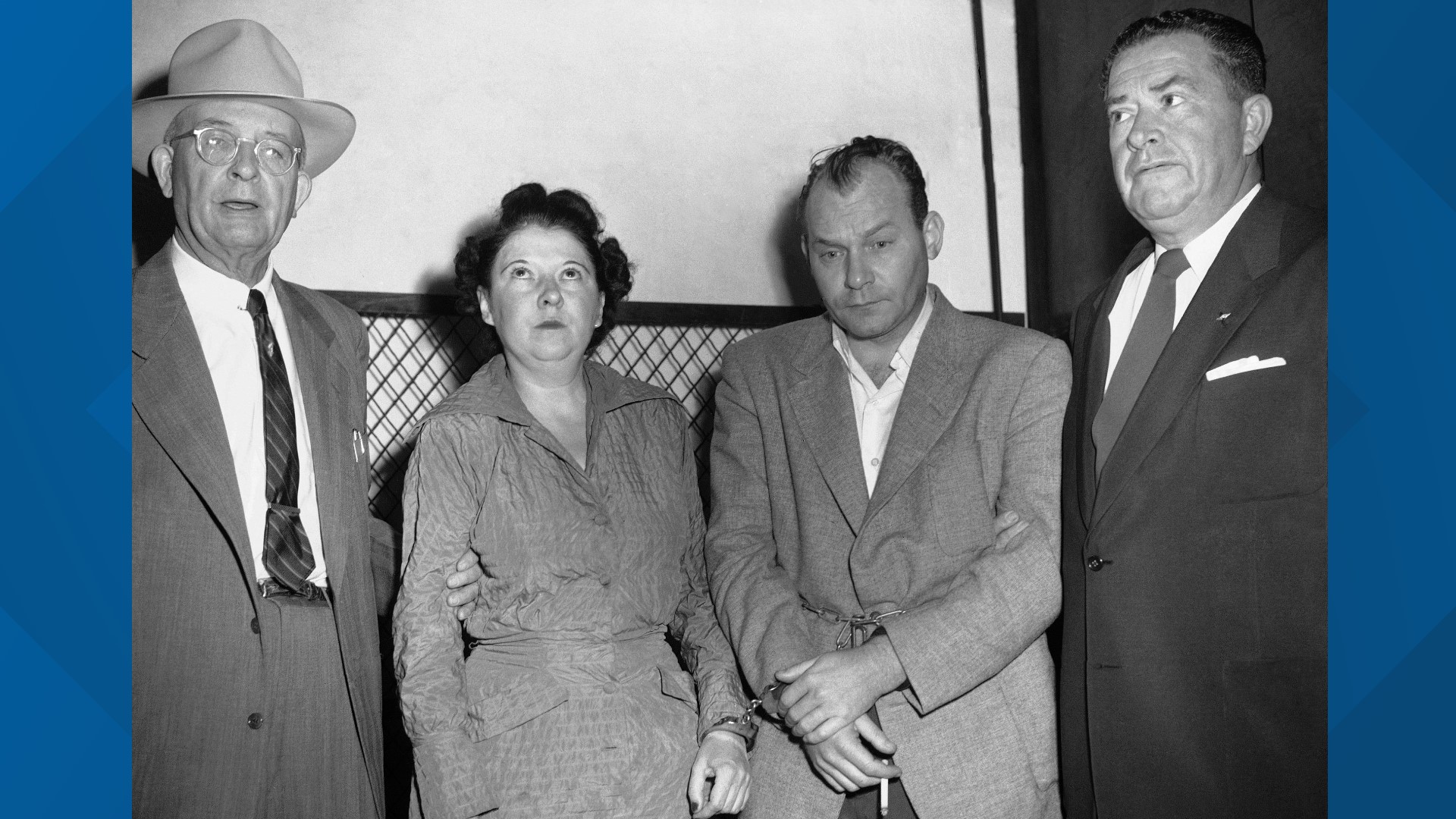
In 2022, 5 On Your Side is celebrating its 75th anniversary and we’re taking a look back at some of the most memorable stories throughout our history.
After the station’s debut in 1947, popularity of television in St. Louis started to expand. By the 1950s, the station offered daily local programming, in addition to national programming through its affiliation with NBC. KSD even provided feeds to the network for big breaking stories that happened here in St. Louis. Here are some of the headlines that made news during that decade.
Presidential visit President Truman speaks at Kiel Auditorium

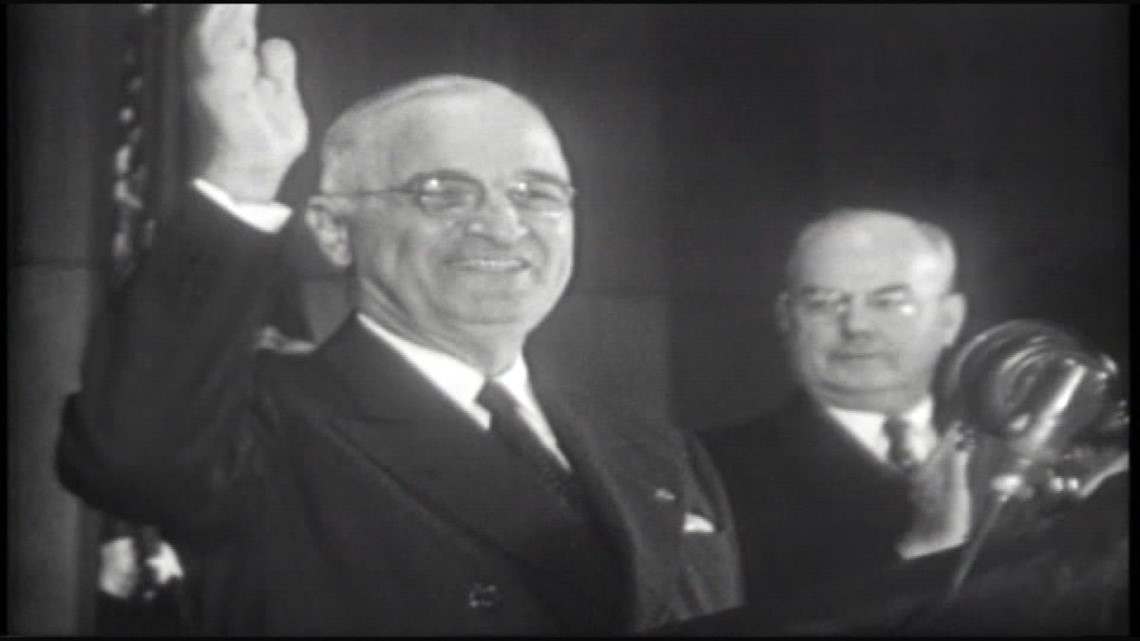
Just days before the mid-term election, President Harry S. Truman made a visit to his home state.
On Nov. 4, 1950, President Truman flew into Scott Air Force Base on Independence, the first presidential plane with a bald eagle on the nose. The term “Air Force One” was not used until President Dwight D. Eisenhower in 1953.
After the plane landed, then-Mayor Joseph Darst and other officials greeted President Truman with a welcome ceremony on the tarmac.
President Truman then headed to Hotel Jefferson where he attended a reception and dinner before leaving for Kiel Auditorium to make a speech supporting four Democrats up for election a few days later. In his speech, he appealed for the United States to remain in the League of Nations and to avoid isolationism.
After making his speech, President Truman went back to his hotel where he spent the night. He left for Kansas City the next morning, and then visited his hometown of Independence, Missouri, to cast his ballot in the election.
'Corky the Clown' Innovative show delights St. Louis children

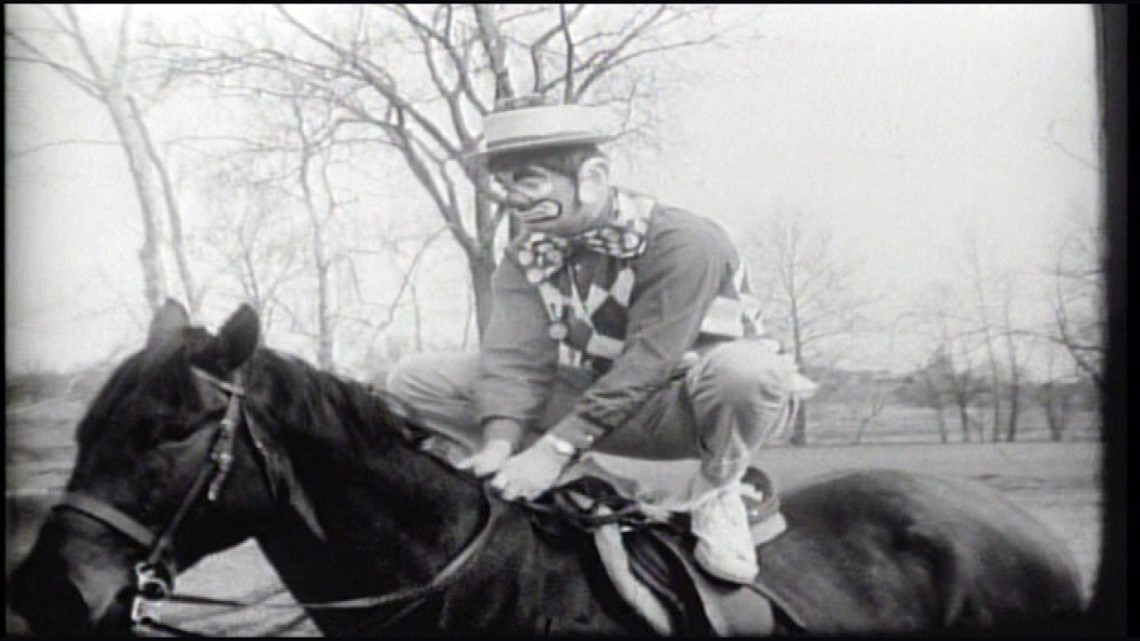
By the mid-1950s, there was a need in our community for an innovative children’s show. That’s when “Corky the Clown” made its debut, to the delight of St. Louis children.
Played by KSD weatherman Clif St. James, “Corky” originally began in 1954 as “Zippy the Clown.” Two years later, the show’s sponsor changed and “Corky” was born.
Around 40 children sat in the audience during each show, and some even had a chance to interact with Corky. The children were treated to games, prizes, special guests and surprises during each episode.
In 1966, KSD moved the show from black and white to color. To reflect the change, the name of the show was updated to “Corky’s Colorama.” Management at KSD decided a children’s clown show was the perfect opportunity to experiment with color television.
The cherished children’s show ran for more than 20 years, until Corky hung up his nose in 1980.
Greenlease kidnapping Bobby Greenlease's murderers are captured in St. Louis

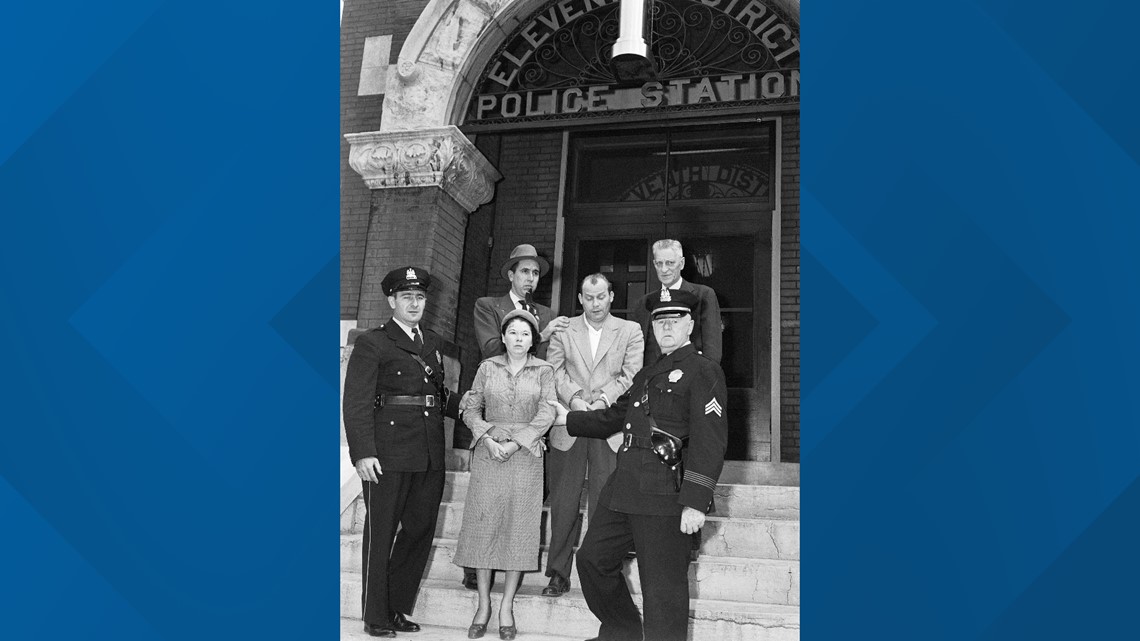
On Sept. 28, 1953, 6-year-old Bobby Greenlease of Kansas City was kidnapped from his school by a woman, later identified as Bonnie Heady, posing as his aunt. Heady claimed Bobby’s mother had a heart attack and she needed to take him to see her at the hospital.
The FBI says the nun who turned him over to Heady said Bobby gave no indication he didn’t know the woman, and she had no reason to doubt the story. About an hour later, a school official called Bobby’s home to ask about his mother’s condition and learned the story wasn’t true and Bobby had been kidnapped. His parents quickly called police, who turned the case over to the FBI.
Bobby’s father, a wealthy automobile dealer, soon received a ransom letter demanding $600,000 in exchange for the boy’s safe return. Not knowing Bobby had already been killed, the Greenlease family paid the money to Heady and her accomplice, Carl Hall, who fled Kansas City. On Oct. 6, a cab driver in St. Louis provided information to police that led to the arrest of Hall and Heady.
KSD’s John Roedel reported extensively on the Greenlease kidnapping case and on the arrest of the suspects. His reports were among the first pieces of news picked up by NBC from KSD for national broadcast.
Below is a 1953 Camel News Caravan report about the arraignment of Heady and Hall.
'St. Louis Hop' St. Louis teens go crazy for 'St. Louis Hop'
In 1958, KSD debuted a local teen music and dancing show called “St. Louis Hop,” which was broadcast live on Saturdays until the introduction of videotape, which allowed for a more efficient recording schedule.


According to former University of Missouri – St. Louis professor Michael D. Murray, an average of 150 13- and 14-year-olds would attend the show each week. Occasionally the show was performed in the Gold Room at the Sheraton Jefferson Hotel, allowing for 400-500 young people to attend.

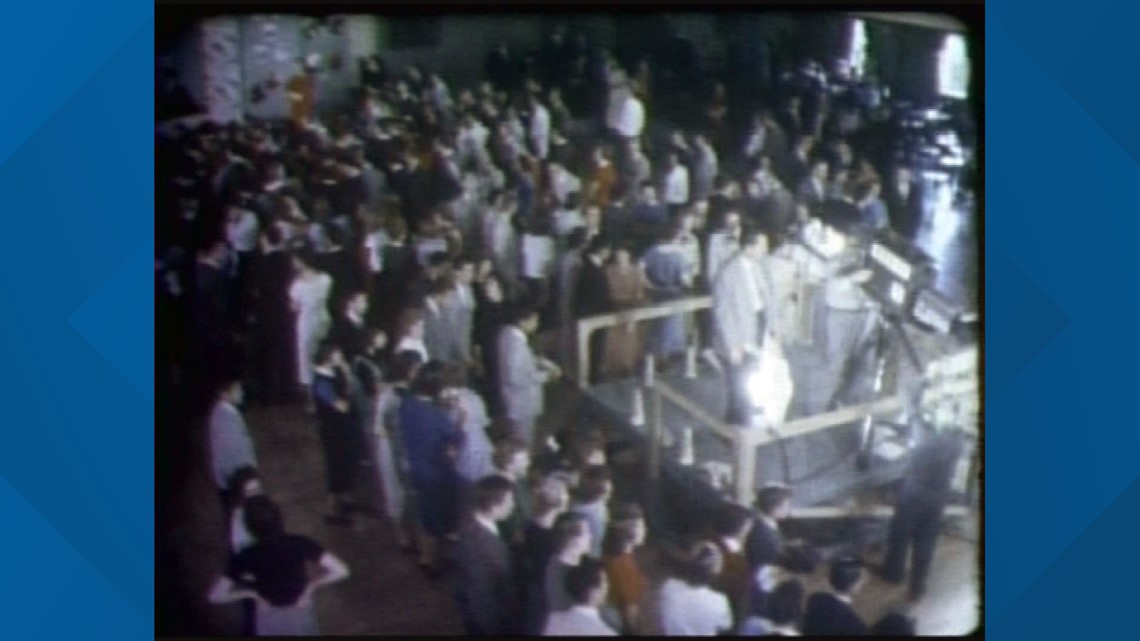
Local teenager Mary Frann was hired to do live commercials. She later handled weekday weather forecasts and went on to gain national notoriety as the star of the sitcom “Newhart” from 1982 until 1990.
Paving the way Construction begins on Interstate 64

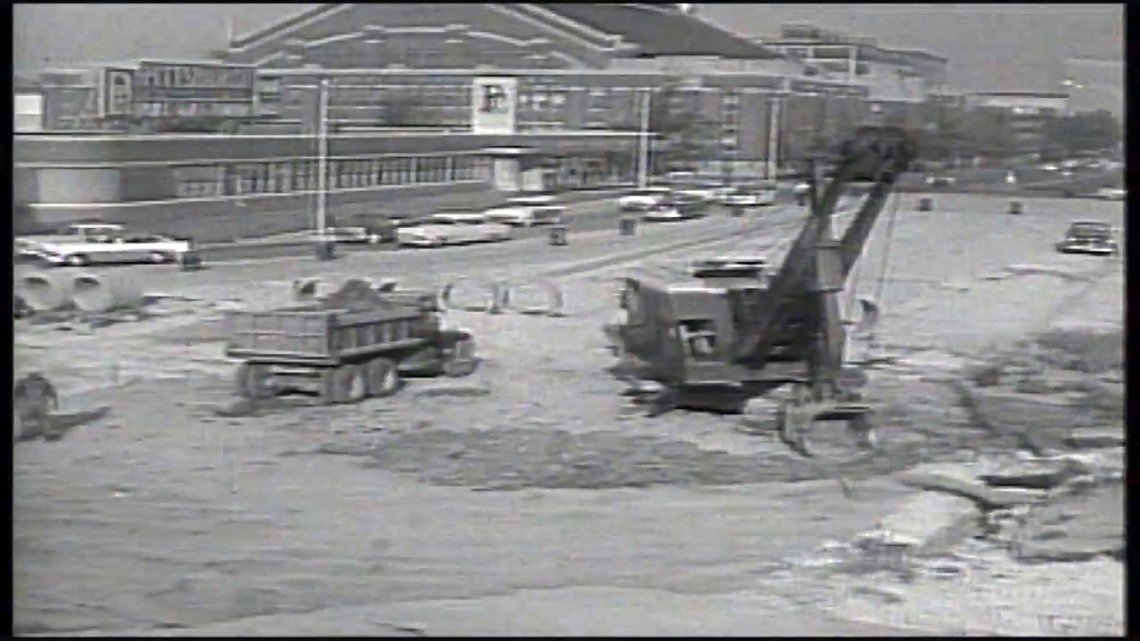
In the mid-1950s construction for the Interstate Highway System got underway. Interstate 64 connects the St. Louis metro area with Chesapeake, Virginia, passing through cities including Louisville, Kentucky; Charleston, West Virginia; and Richmond, Virginia, along the way.
KSD was there as construction began on the local section of interstate. Our video also includes work on the Grand Avenue Viaduct Bridge.
Winter tornado F4 tornado kills 21, injures hundreds

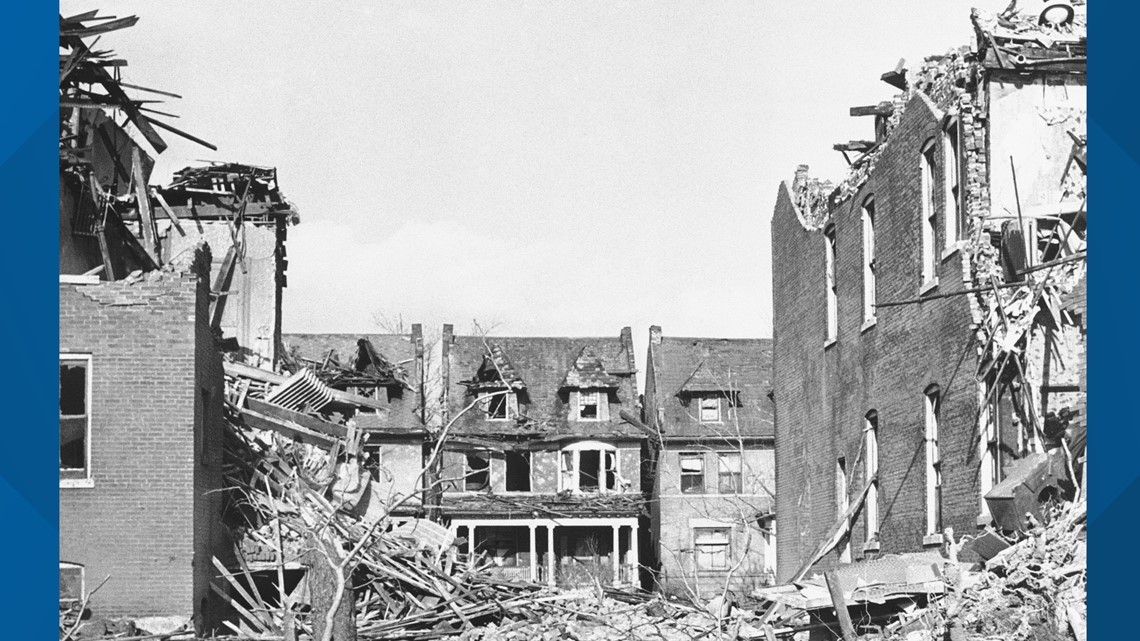
On Feb. 9 and 10, 1959 a tornado outbreak broke out across the Midwest. The strongest tornado in the outbreak was an F4 that touched down at 1:40 a.m. Feb. 10 in the southwest corner of St. Louis County.
It started in Sherman, Missouri, and tracked northeast for 25 miles. It tore roofs off homes and took down trees and power lines. By the time the tornado arrived south of Forest Park, it had picked up intensity, damaging the roof of the St. Louis Arena and a TV tower.
As the tornado made its way through the Central West End, people became trapped in apartment buildings, with the heaviest damage near the intersections of Boyle Avenue and Olive Street and Page and Grand boulevards. The tornado crossed into Illinois near the McKinley Bridge.
NOAA’s report at the time said the tornado was on the ground for 35 minutes and covered 25 miles. The report also said there was some evidence that indicated there may have been more than one funnel.
Twenty-one people in the St. Louis region died from this tornado, and 345 were injured. Damage was estimated at the time to be around $25 million.
Zoo closes Labor strike shuts down Saint Louis Zoo

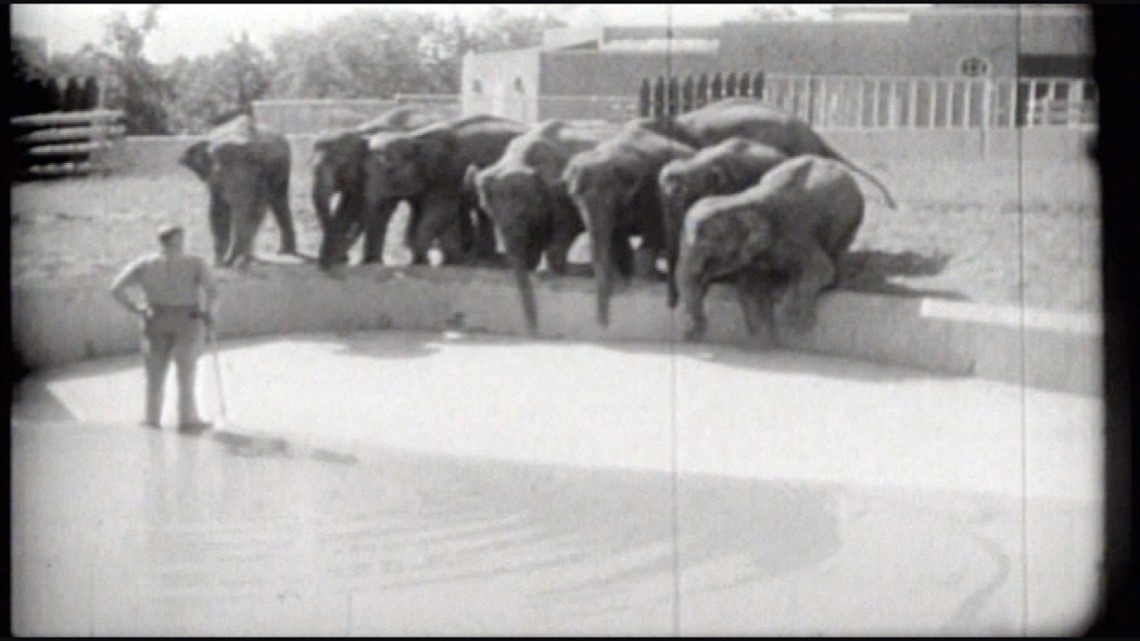
For several days in February 1959, a labor strike shut down the Saint Louis Zoo, forcing the director and other zoo managers to perform the work of the 52 employees who walked off the job.
Director George Vierheller and other supervisors fed the animals and cleaned their cages, but with only about a day and a half’s worth of food left, they were concerned about picketing because a picket line meant they wouldn’t receive any deliveries until the strike was over.
On Feb. 18, a compromise was reached and the zoo reopened the next day.
Kay Quinn contributed to this story.
5 at 75 Anniversary celebration
Take a walk back in time with some of the biggest stories from each decade:
Be sure to learn more about our banner show at locations throughout the Bi-state.
Find complete 5 On Your Side anniversary coverage, stories and videos at ksdk.com/75.


